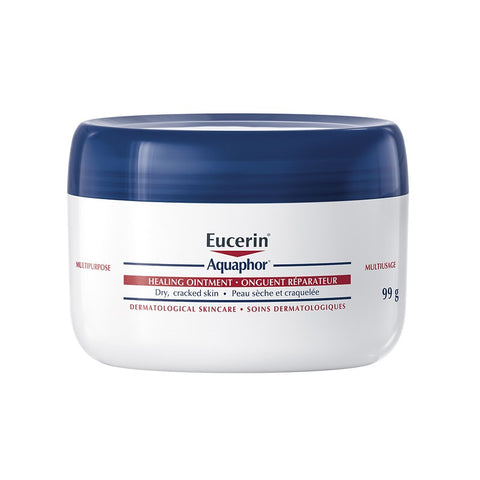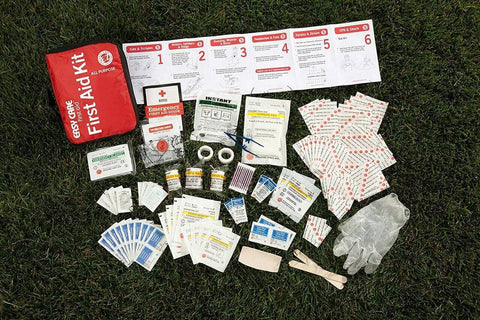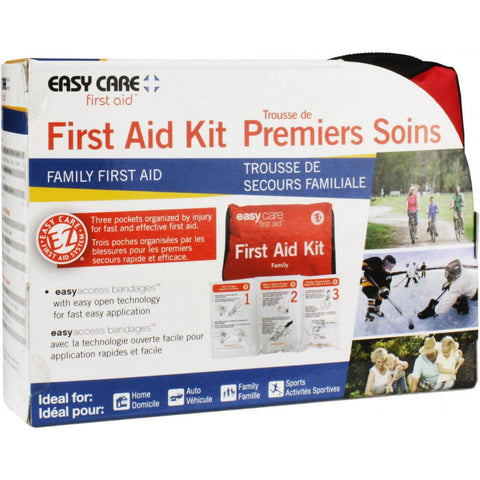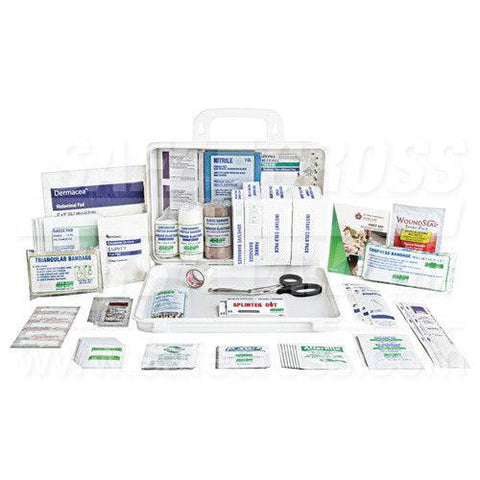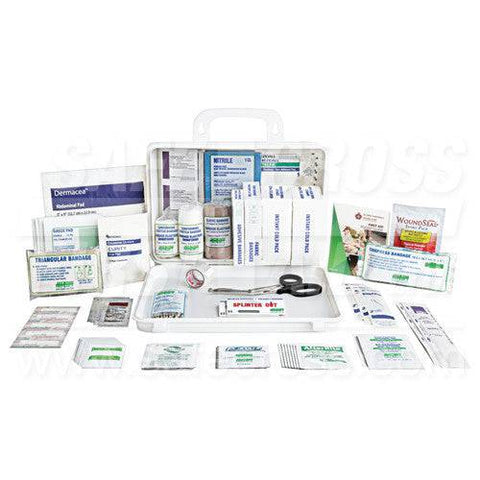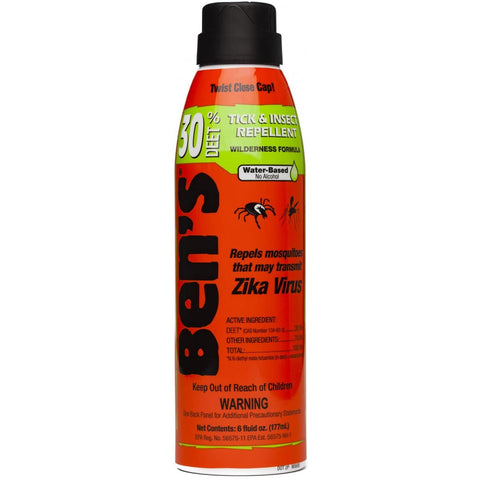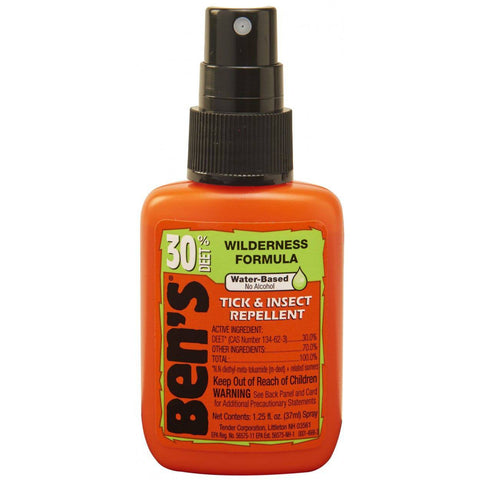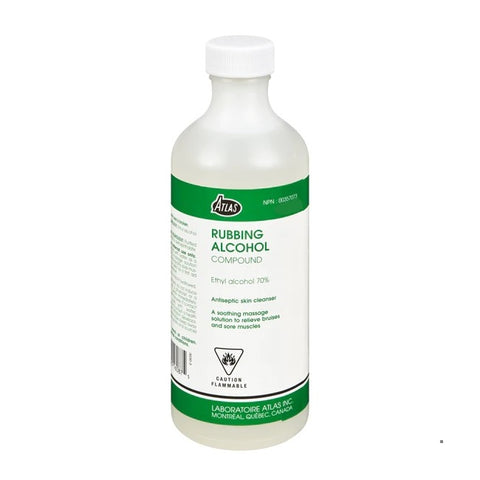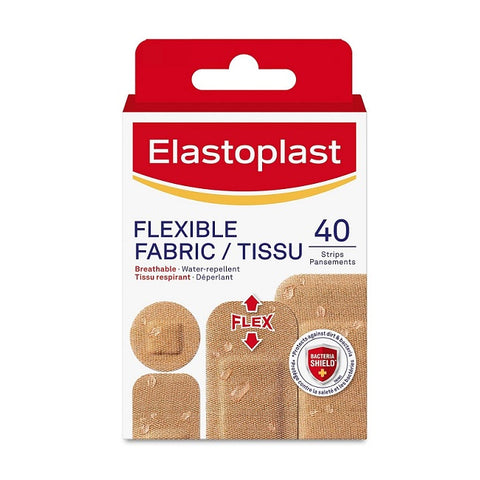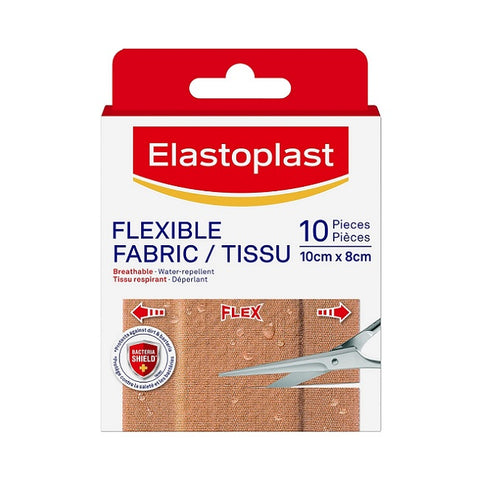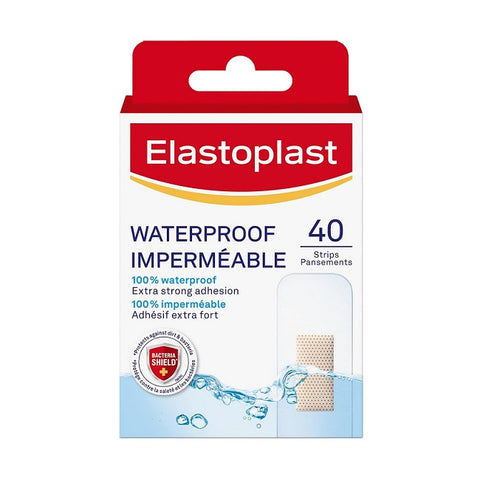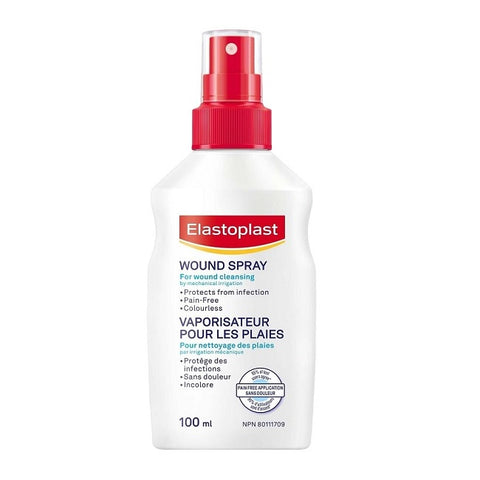First-aid kits are portable collections of essential medical supplies designed for immediate emergency response to minor injuries or illnesses. They are a cornerstone of preparedness for any situation where access to medical professionals might be delayed.
Here's a breakdown of the key terms associated with first-aid kits:
Purpose & Contents:
- Emergency: First-aid kits are intended for initial treatment of minor injuries until professional medical care can be reached.
- Safety: They provide readily available supplies to address minor cuts, scrapes, burns, sprains, and other non-life-threatening situations.
- Kit/Supplies/Equipment/Essentials/Gear: These terms all refer to the various medical items contained within the first-aid kit.
Common Contents:
- Medical: This emphasizes the focus on treating injuries and illnesses.
- Bandages & Dressings: These come in various shapes and sizes to secure dressings on wounds.
- Gauze: Used for absorbing fluids and creating sterile pads for wounds.
- Adhesive Tape: Holds bandages and dressings securely in place.
- Antiseptic Wipes: Clean and disinfect minor wounds to prevent infection.
- Scissors & Tweezers: For cutting bandages or removing splinters.
- CPR Mask: Provides a barrier during CPR administration.
- Splint: Immobilizes broken bones or sprains to minimize further injury.
Advanced Kits:
- Emergency Blanket: Helps retain body heat in cold environments.
- Whistle: Attracts attention in case of emergencies.
Choosing a First-Aid Kit:
- Consider the size and contents based on your needs (home, car, workplace, outdoor activities).
- Ensure the kit is easy to carry and access in an emergency.
- Check the expiry dates of medications and dressings regularly.
By having a properly stocked first-aid kit on hand, you can be prepared to handle minor emergencies and promote healing until professional medical help arrives.






